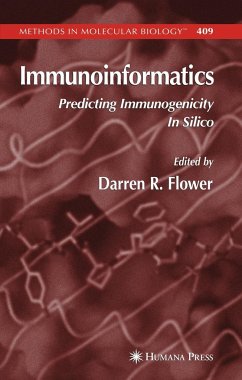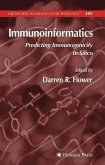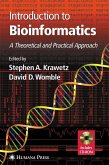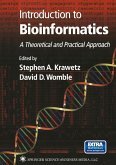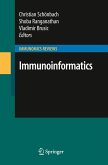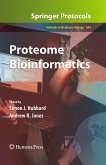Immunoinformatics: Predicting Immunogenicity In Silico is a primer for researchers interested in this emerging and exciting technology and provides examples in the major areas within the field of immunoinformatics. This volume both engages the reader and provides a sound foundation for the use of immunoinformatics techniques in immunology and vaccinology.
The volume is conveniently divided into four sections. The first section, Databases, details various immunoinformatic databases, including IMGT/HLA, IPD, and SYEPEITHI. In the second section, Defining HLA Supertypes, authors discuss supertypes of GRID/CPCA and hierarchical clustering methods, Hla-Ad supertypes, MHC supertypes, and Class I Hla Alleles. The third section, Predicting Peptide-MCH Binding, includes discussions of MCH binders, T-Cell epitopes, Class I and II Mouse Major Histocompatibility, and HLA-peptide binding. Within the fourth section, Predicting Other Properties of Immune Systems, investigators outline TAP binding, B-cell epitopes, MHC similarities, and predicting virulence factors of immunological interest.
Immunoinformatics: Predicting Immunogenicity In Silico merges skill sets of the lab-based and the computer-based science professional into one easy-to-use, insightful volume.
The volume is conveniently divided into four sections. The first section, Databases, details various immunoinformatic databases, including IMGT/HLA, IPD, and SYEPEITHI. In the second section, Defining HLA Supertypes, authors discuss supertypes of GRID/CPCA and hierarchical clustering methods, Hla-Ad supertypes, MHC supertypes, and Class I Hla Alleles. The third section, Predicting Peptide-MCH Binding, includes discussions of MCH binders, T-Cell epitopes, Class I and II Mouse Major Histocompatibility, and HLA-peptide binding. Within the fourth section, Predicting Other Properties of Immune Systems, investigators outline TAP binding, B-cell epitopes, MHC similarities, and predicting virulence factors of immunological interest.
Immunoinformatics: Predicting Immunogenicity In Silico merges skill sets of the lab-based and the computer-based science professional into one easy-to-use, insightful volume.
"Investigators considering problems of recombinant vaccine design, possible host responses, and how to select likely sites from a large pool of information (the protein of interest) will find valuable material here." -Doody's Book Review, Weighted Numerical Score:77 - 3 Stars
"...a value to virtually any investigator in this general field." -Doody's Book Review, Weighted Numerical Score:77 - 3 Stars
"...a valuable addition to libraries in universities and research institutes, R & D firms engaged in the development of vaccines and immunotherapeutics, and clinical research centres." -Immunology news
"...a value to virtually any investigator in this general field." -Doody's Book Review, Weighted Numerical Score:77 - 3 Stars
"...a valuable addition to libraries in universities and research institutes, R & D firms engaged in the development of vaccines and immunotherapeutics, and clinical research centres." -Immunology news

